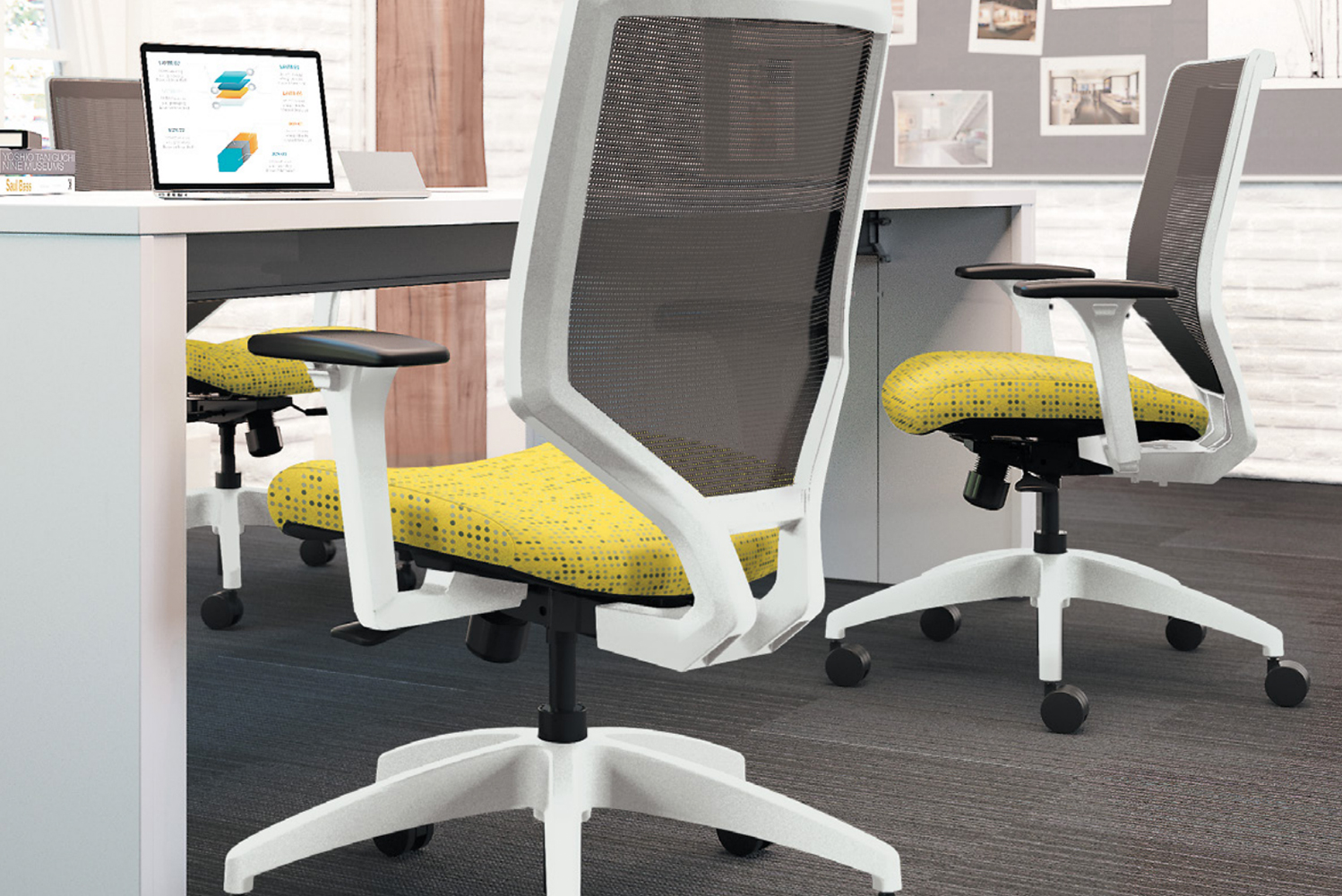Physical Address
304 North Cardinal St.
Dorchester Center, MA 02124
Physical Address
304 North Cardinal St.
Dorchester Center, MA 02124


A “swivel chair work task” refers to a workflow or process where a user has to manually switch between multiple computer systems or applications to complete a task, mimicking the physical motion of swiveling in an office chair. This inefficient process arises due to a lack of integration between the systems.
Swivel chair work tasks typically occur when:
In many organizations, swivel chair work tasks have evolved over time as new tools and workflows are simply layered on top of existing ones. This leads to fragmented systems and disjointed processes that depend heavily on human effort.
Employees waste time toggling between screens, re-entering data, copying and pasting information across interfaces – often while literally swiveling between different desktops and devices, hence the term.

Swivel chair work tasks lead to a variety of pain points:
Constant switching between applications severely impacts productivity as employees struggle to maintain context and focus. Organizations experience decreased throughput and output.
Besides efficiency losses, swivel chair work also drives up operational costs due to the manual effort involved. More human resources are needed to manage the complex workflows.
The repetitive re-entry of data across systems is prone to human error. Mistakes can propagate through processes and corrupt downstream data analytics.
With the involvement of multiple systems and manual interventions, data inconsistencies creep in over time. This makes reporting and analytics unreliable.
Fragmented systems mean processes lose transparency. It becomes difficult to track status, identify bottlenecks, and optimize workflows.
Swivel chair work ultimately impacts experience – employees get frustrated with fragmented tools while customers suffer from delayed or inaccurate service.
Organizations are implementing various strategies to combat swivel chair work tasks:
Automating repetitive, rules-based swivel chair tasks using Robotic Process Automation (RPA) eliminates human effort and errors while boosting efficiency. RPA bots seamlessly transfer data between systems.
Leveraging modern API-based integration eliminates swivel chair work by enabling real-time data synchronization across applications. This “connect once, reuse everywhere” approach avoids rework.
BPM software like ProcessMaker streamlines end-to-end processes spanning multiple systems into automated workflows with a single interface. This eliminates swivel chair tasks.
Upgrading legacy systems or consolidating multiple disparate tools into unified platforms provides a “single pane of glass” experience, eliminating the need for swivel chair work.
Evolving processes, systems, and employee mindsets through change management ensures automation efforts sustainably stick by addressing root causes like lack of training, resistance to change, and more.
Eliminating swivel chair work tasks leads to:
In summary, swivel chair work tasks are incredibly inefficient, costly, and frustrating for organizations. Eliminating them through modern integration, automation, and streamlined processes unlocks immense benefits. The solutions are within reach – organizations must take steps to break down data and process silos. The rewards will follow.